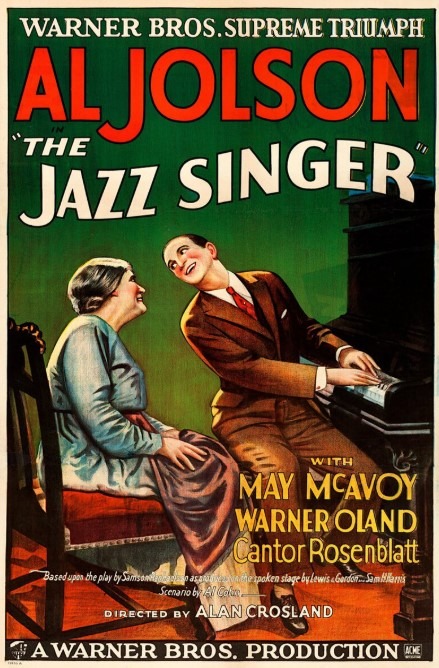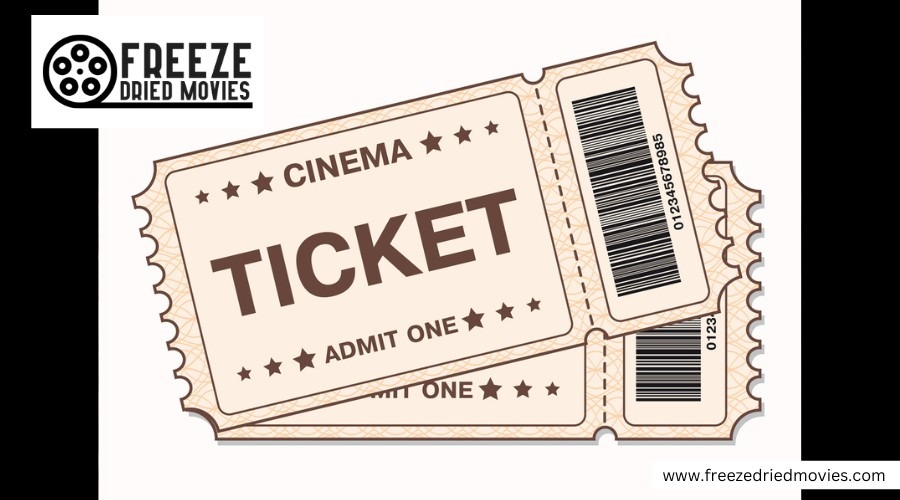How Much Did a Movie Ticket Cost in the 1920s?

In the 1920s, you'd pay an average of 25 cents for a movie ticket (about $3.00 in today's money). Your costs varied widely depending on where you lived—New York theaters charged premium prices while rural venues offered cheaper tickets. Children enjoyed steep discounts at just 10 cents, making family outings affordable. Premium theaters like Graumann's Chinese charged more for luxury experiences with plush seating and live entertainment. These prices shifted dramatically as "talkies" transformed the industry.
Key Takeaways
- The average movie ticket cost 25 cents in the 1920s, equivalent to about $3.00 today.
- Children's tickets were typically priced at 10 cents, a 75% discount from adult admission.
- Premium theaters like Graumann's charged higher prices for enhanced experiences and comfortable seating.
- Ticket prices varied significantly by location, with New York and big cities charging more than rural areas.
- The introduction of "talkies" drove prices up as theaters invested in new sound equipment.
The National Average: 25 Cents for a Trip to the Movies
Moviegoers in the Roaring Twenties paid just a quarter for the average cinema ticket. This national average price of 25 cents would set you back the equivalent of about $3.00 in today's money – quite a bargain compared to modern ticket costs in the United States.
Your movie-going experience in the Roaring era varied by location and seating preferences. If you visited smaller town theaters, you'd likely pay less than the national average, while Graumann's Chinese and Egyptian theaters in big cities charged premium prices. You could save money by purchasing children's tickets, which cost drastically less – sometimes as little as 10 cents compared to 40 cents for adults.
For an extra luxurious viewing experience, you might splurge 50 cents on comfortable "divans" at special showings. This was quite a change from the early days when the first nickelodeon opened in 1905 and charged just five cents for admission.
Factors That Influenced Ticket Pricing in the Roaring Twenties
While a 25-cent average ticket price might seem uniform across America, several key factors determined what you'd actually pay at your local cinema during the Roaring Twenties. Your location in the United States dramatically affected costs—with New York City theaters charging premium prices compared to rural venues where a movie ticket might cost less than a dozen eggs or a pound of round steak.
Theater amenities played a vital role too. Fancy new establishments like Graumann's demanded higher prices, especially when they featured live performances alongside films. You'd also pay more during evening showtimes versus matinees.
As the years progressed into the late 1920s, prices crept upward across the board as theaters invested in new sound equipment, passing these costs back to moviegoers shifting from silents to talkies. This 25-cent average in 1924 was equivalent to about $3.33 in 2013 dollars when adjusted for inflation.
Children's Tickets: A More Affordable Movie Experience
Young moviegoers enjoyed significant savings during the 1920s cinema boom, with children's tickets typically priced at just 10 cents—a 75% discount compared to the 40-cent adult admission. This made the silver screen accessible to families across America during the Roaring Twenties.
While the national average ticket cost hovered around 25 cents in 1924 (roughly $3.00 today), theater discounts varied widely. You could splurge on premium divan seating for 50 cents to enjoy enhanced theater amenities and comfort. Prices fluctuated based on location and time of day, with matinees offering better values than evening shows.
As talkies emerged in the late 1920s, ticket prices increased slightly when theaters invested in sound equipment, but children's tickets remained an affordable entertainment option for America's youngest film enthusiasts. This affordable pricing trend continued into the 1930s when the Great Depression impact caused adult ticket prices to drop from 50 cents to 25 cents.
Premium Theaters: What You Paid for Luxury Cinema
For the truly discerning film enthusiasts of the 1920s, premium theaters offered an elevated cinema experience that extended far beyond the standard neighborhood movie house. While the national average movie ticket price in 1924 was just 25 cents (equivalent to $3.00 today), you'd pay substantially more for luxury cinema experiences.
Graumann's Chinese and Egyptian theaters charged premium prices for their lavish live song-and-dance spectacles that accompanied films during the Roaring Twenties. If you wanted extra comfort, theaters offered plush "divans" at 50 cents per ticket—double the national average.
Even at premium venues, children's tickets remained cheaper than adult tickets, though the 10-cent children's fare versus 40-cent adult tickets seen in a 1924 Buster Keaton movie demonstrated the price gap that existed across all cinema tiers.
These premium venues evolved into the grand picture palaces of the 1930s, known for their ornate interiors, luxurious seating, and advanced sound systems that accommodated the growing popularity of talkies.

The Impact of Talkies on Movie Ticket Prices
When sound revolutionized cinema in 1927 with "The Jazz Singer," your ticket price likely increased alongside the theater's new technology. Theater owners faced substantial costs installing sound equipment, and they passed these expenses directly to you, the moviegoer.
Throughout the decade, ticket prices had already been climbing, but the late 1920s saw a more pronounced jump as theaters scrambled to recoup investments in this revolutionary technology. The entire movie-going experience transformed, and pricing structures shifted in accordance.
You weren't just paying for entertainment anymore—you were funding technological advancements that forever changed cinema. As theaters converted to talkies, the days of silent film bargains faded. Your higher admission price reflected both the enhanced experience and the financial reality of this seismic industry shift.
How Movie Prices Compare to Other 1920s Entertainment
Movie theaters weren't the only entertainment option competing for your spare change in the 1920s. While typical movie ticket cost averaged 25 cents nationally (about $3.00 today), other 1920s entertainment options varied considerably in price.
Consider how 1920s movie prices stacked up against alternatives:
- Live vaudeville shows often cost 50-75 cents, making movies a bargain
- Baseball games typically charged 50 cents to $1.50 for grandstand seats
- Graumann's Chinese and Egyptian theater charged premium prices for elaborate shows
- Dance halls required 10-25 cents per dance
- Speakeasies charged inflated prices for illegal drinks
The value proposition of movies became even stronger during the Great Depression, when theater consolidation led to ticket price adjustments to keep audiences coming despite economic hardship. Even Buster Keaton movie screenings with their tiered pricing remained affordable entertainment.
Movie Tickets During the Great Depression: Price Changes and Theater Closures
The Great Depression fundamentally changed the movie theater landscape after the boom years of the 1920s. Following the surge in ticket prices driven by investments in sound equipment for talkies, the economic downturn forced a dramatic reversal in the industry's fortunes.
You'd have found movie tickets becoming more affordable as prices decreased throughout the 1930s. Unfortunately, this pricing adjustment wasn't enough to save approximately half of America's theaters, which shuttered their doors permanently. Surviving theaters made desperate offerings adjustments to attract cash-strapped audiences during these lean years.
As industry consolidation took hold and the economy slowly recovered, movie tickets remained relatively inexpensive compared to their Roaring Twenties peak—a necessary adaptation to keep cinema accessible during America's greatest financial crisis.


